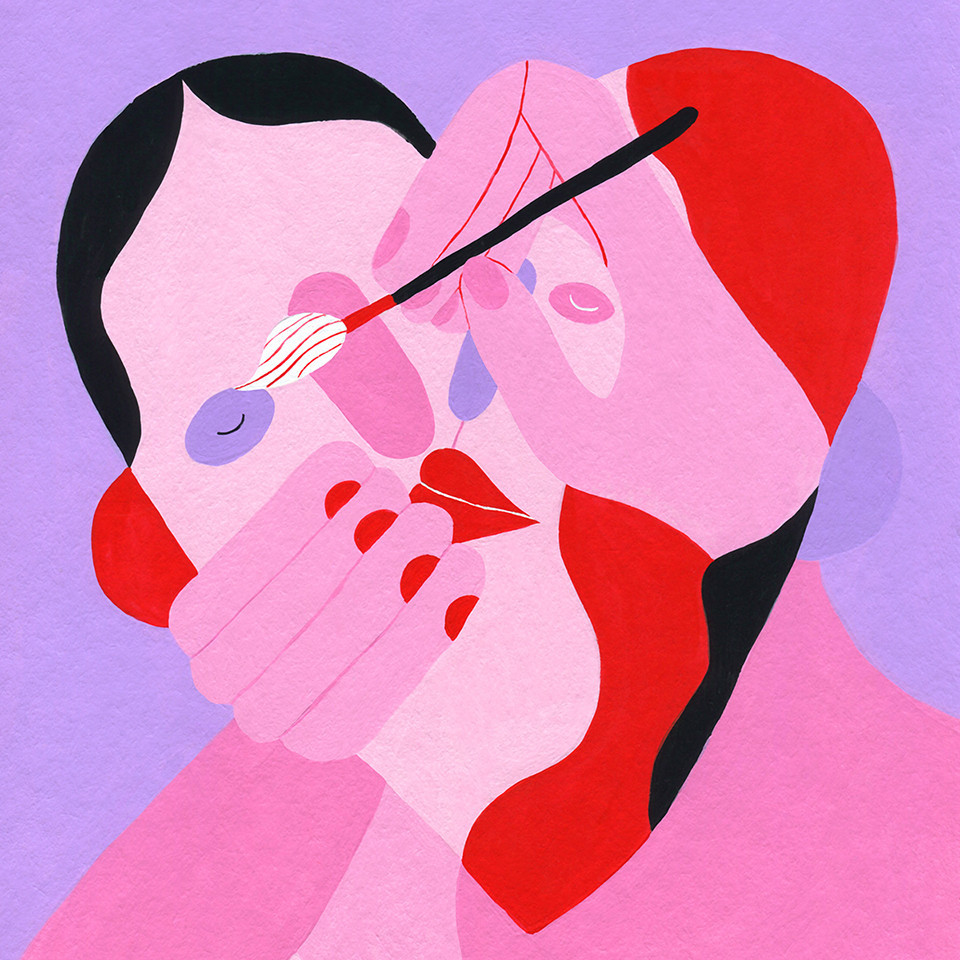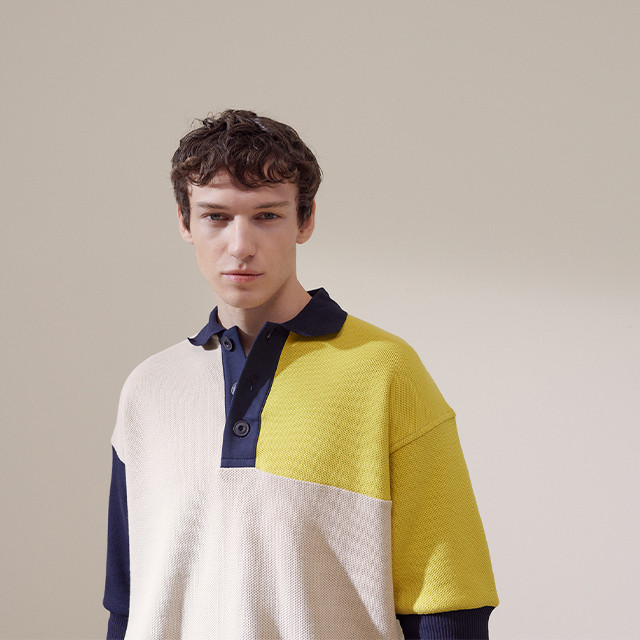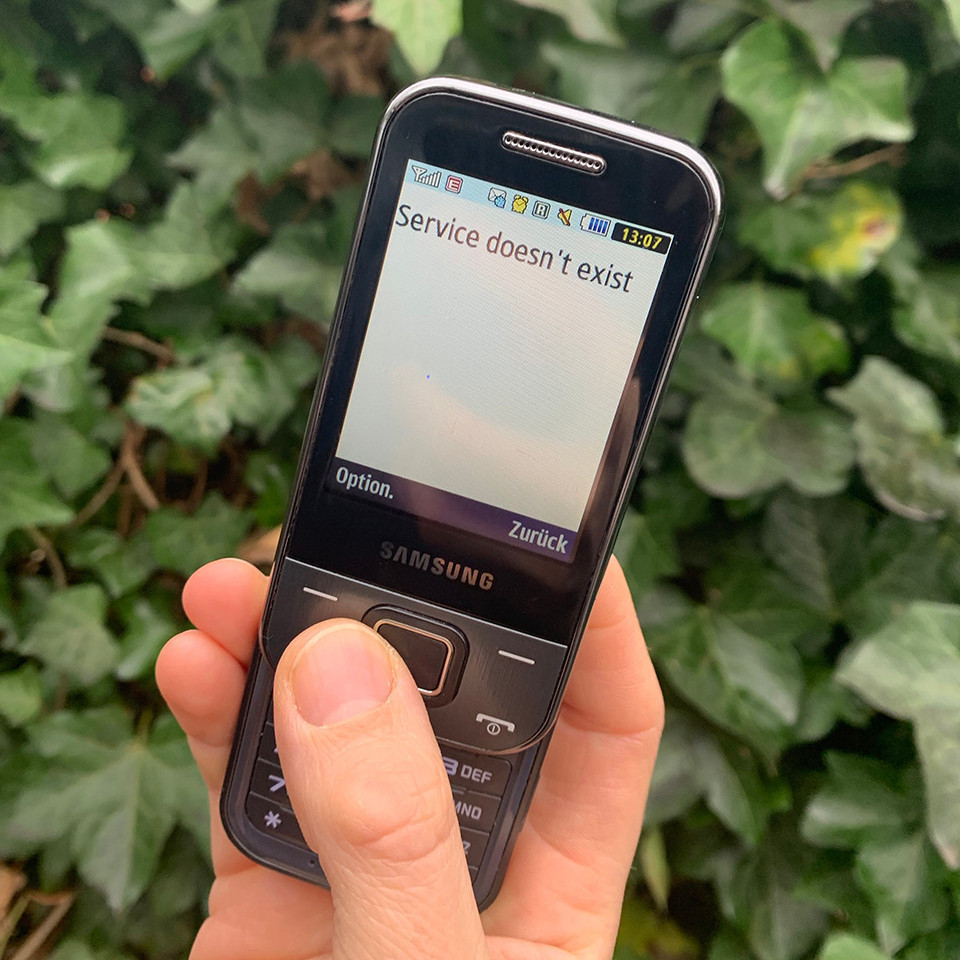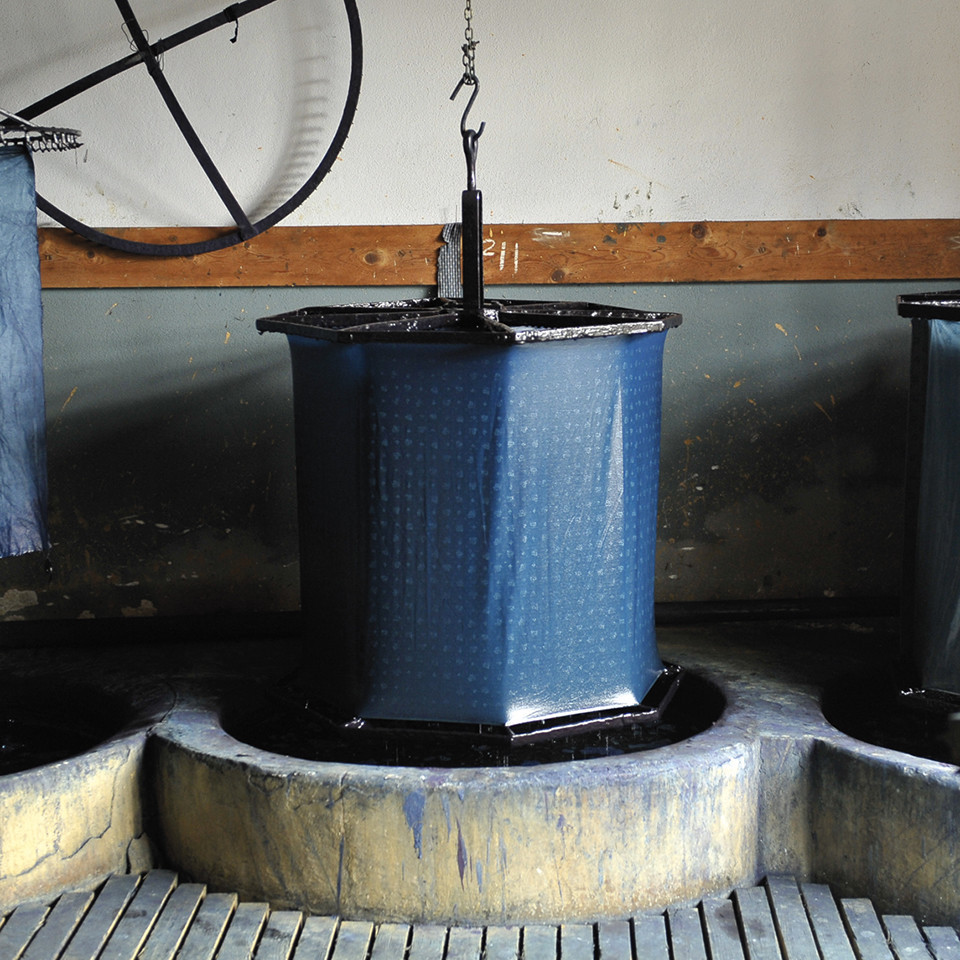
This text was published in HARD COPY 11 / Spring 2021
The Polo Shirt
Text by Max Berger
In this age of corona and reined-in spending is it appropriate to speak of trends? Of course! At the end of March, when millions of people entered lockdown and the new world of working from home, online retailers reported rocketing sales of comfortable yet elegant pieces: cashmere jumpers, oversized shirts, loose jeans and pants with drawstring waists. These components made up the perfect dress code for all those who were in the fortunate position of being able to work from their sofa but still had to look presentable in all the innumerable video conferences. One aspect stuck out more than most: the styles people were turning to hadn’t been envisioned in the marketing departments but were determined by the customers themselves. Which brings us straight to the polo shirt.
Although it may not have been top of the fashion stakes in the past three decades, the trusty polo shirt has been a mainstay in people’s wardrobes. The reasons are pretty obvious: because the piqué knit is usually a little firmer than ordinary cotton, it is more forgiving of lines and bulges. Thanks to its smart collar and placket neckline, a polo shirt is a versatile companion, adding a hint of elegance to jeans and chinos and a touch of nonchalance to suits. This hybrid T-shirt and shirt can be worn anywhere and, to use the fashion term, is a true classic. Or, in today’s language: for modern menswear, the polo shirt is a key worker.
That is probably why in the last weeks and months, more designers and brands have been including polo shirts in their collections. For Celine, designer Hedi Slimane collaborated with the Berlin-based artist André Butzer on a special edition in retro colours. Loewe has extended its range to include models with a thin, contrasting line on the cuff and the collar. In the new collection, Closed is featuring oversized versions: with slightly overcut shoulders and colour-blocking, they unite the best details and offer a contemporary spin on the traditional polo shirt.
“Few people nowadays really want to look like a gangster rapper – or a rich kid, for that matter.”
The polo shirt was invented at the beginning of the 20th century in India by the British ruling class, who needed a lightweight top to play polo in the hot climate. But it was thanks to a different sport that the polo shirt became really popular: in the 1920s, the tennis player René Lacoste, whose nickname was “Crocodile”, got tired of playing in stiff, longsleeved shirts and campaigned to get the rules changed so he could wear a polo shirt instead. Lacoste received so much attention for this that after ending his career he set up a fashion company, embroidered his logo on polo shirts and laid the foundation for an enormously successful global brand. Last year alone, every second two polo shirts with the iconic crocodile logo were sold worldwide.
Polo and tennis are probably up amongst the most elite sports, and so it was no surprise that the shirt made its way into everyday fashion via the establishment. At the end of the 1970s, polo shirts popped up at prestigious prep schools on the east coast of the US, where the scions of wealthy families were prepared for the Ivy League universities. Their look consisted of pastel-coloured polo shirtswith popped collars, chinos and loafers. Ralph Lauren adopted the look, and it wasn’t long before it had spilled over to Germany, putting in an early appearance at elite grammar schools in Hamburg. In 1979, a small publishing company issued the “Popper Rulebook” and the city probably still has the highest density of upturned polo shirt collars in Germany.
The polo shirt was firmly booted out of its comfort zone at the end of the 1980s by the hip-hop scene. Like many other stylistic codes from sportswear and the upper class, young hip-hop fans absorbed the look and put it in a new context: emblazoned with large designer logos, the polo shirt was now XXL, in some cases almost knee-length. The message was clear: anything you lot up there can do, I can do better – and without Daddy’s help.
Few people nowadays really want to look like a gangster rapper – or a rich kid, for that matter. But a mix of both types can add a nice edge and makes for a surprisingly contemporary masculine look. The loose cut adds a cool touch, while colour projects inner poise. These are both things we could all do with for the coming months, because who knows when we’ll be able to enjoy public life again to the full or whether we’ll be sent back to our home offices? In this uncertain world, one thing is clear: a polo shirt is always the right choice!
Past Stories
Copy












